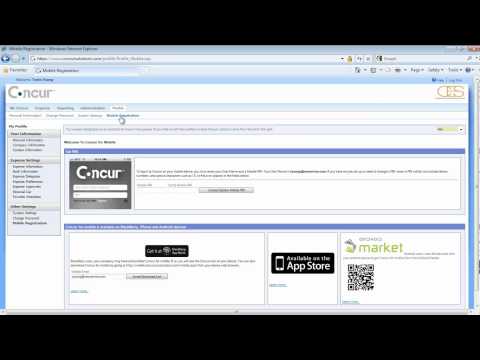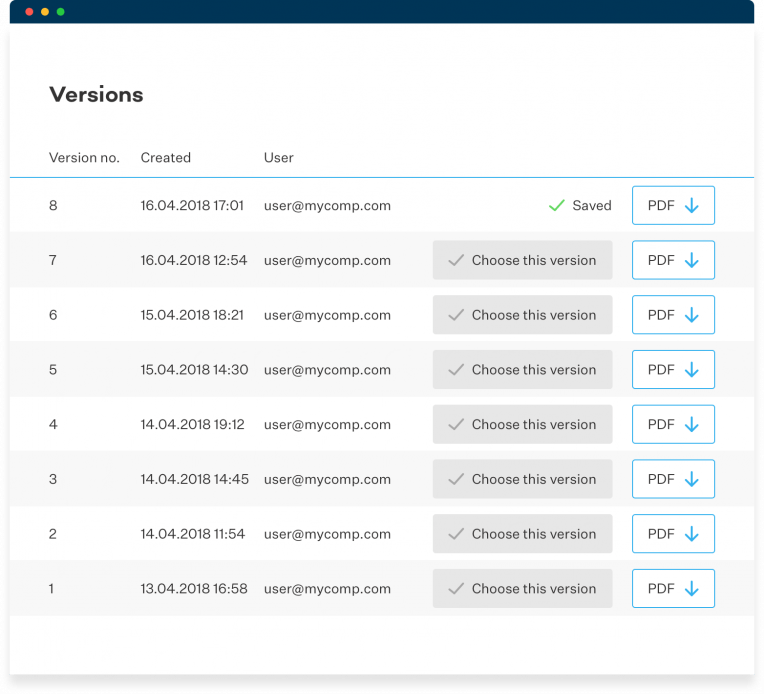
Some CPAs and bookkeepers require a retainer if you want monthly assistance, but many simply charge by the hour. It’s important to create a budget and businesses that do generally report better financial results, according to various government and Federal Reserve studies. Those without a budget may not see a problem until a cash crunch arises.
• Organize the Records
It’s important legally, and the threat of penalties is often enough to dissuade poor payment practices. Understanding accounting basics can help you keep your business on the right path. Try Shopify for free, and explore all the tools you need to start, run, and grow your business. Join millions of self-starters in getting business resources, tips, and inspiring stories in your inbox. Shopify’s online invoice generator makes your life easier when it comes to billing and collecting money.
Best Practices for Small Business Accounting
As a first step, a small business can create folders for paper receipts based on expense type, vendor, or supplier. Some business software services let users electronically scan receipts with mobile devices, then sort and categorize them in the business’s online bookkeeping system. Track all invoices received from vendors (also known as accounts payable) and make sure you have the cash available to pay suppliers on time. If vendors offer discounts for early payments, you may want to take advantage to reduce costs. Create a solid internal structure for following up on your accounts receivables.
We give you a team of bookkeepers to handle your bookkeeping and simple software for keeping track of your business incremental analysis definition finances. There are substantial differences in the skills and costs of accountants and bookkeepers. While a bookkeeper is focussed on day-to-day transactions, the accountant concentrates on the strategic financial operations. If you’re planning to outsource your accounting activities, choose someone who is the best match for your business.
- Having a business bank account makes it much easier to file business taxes, it keeps business income separate from your personal funds, and it provides you with a way to pay your vendors.
- If you’re using accrual, or double-entry accounting, you will need to understand the accounting equation and debits and credits, which are the backbone of any accounting system.
- Other accounting services small businesses may use include bookkeeping, strategic finance, and tax accounting.
If you’re still feeling uncertain, don’t be afraid to speak with a professional bookkeeping service about securing their help. This can be as simple as a statement showing your current cash position, expected upcoming cash receipts, and expected cash payments for this period. Xero starts at $9/month for the Early plan, though most small businesses will find the Growing plan, at $30/month, more suitable. FreshBooks pricing starts at $15/month for the Lite version, which is perfect for freelancers and contractors, with the option to move up to the popular Plus plan at $25/month at any time.

The disadvantage, though, is that outsourcing means your business’s financial information is being viewed by someone else, which you may or may not be comfortable with. Aside from that, you also have to consider what you might pay to hire an accountant on a full-time or part-time basis. Alternatively, as you set up your accounting software, you should see a list of optional financial accounts for you to add to your chart of accounts and general ledger. Using spreadsheet software is the cheapest accounting option (especially if you use a completely free software, like Google Sheets). Start by learning all about how to open a business bank account, then check out our top recs for business checking and business savings accounts to find the right account for you. Consulting part-time with a small-business bookkeeper or accountant can work nicely for newer, smaller businesses.
Stay organized, clean up the books
One of the how to prepare an adjusted trial balance for your business last things you’ll do after closing out your books for the year is file forms with the IRS. If you have employees, you’ll need to send them and the IRS W-2 forms. If you have to sell inventory for a deep discount, you could deduct it from your year-end taxes. If you check regularly (and compare to prior months’ numbers), it’s easier to make adjustments, so you are neither short nor overloaded. Most invoices are due within 30 days, noted as “Net 30” at the bottom of your invoice. Without a due date, you will have more trouble forecasting monthly revenue.
But even if you’re ready to find an accounting software application that’s right for your business, there are a few other things you need to do first. Though not a recommended method, all you need to start doing accounting for your business is a pencil and paper, and a lot of patience. Letting someone else handle your accounting means you have one less thing to worry about. Instead of crunching numbers, you’ll be free to focus on other tasks that are necessary to run or scale your business. An accountant can also ensure greater accuracy and may be more knowledgeable about the tax code and reporting requirements.
Ask recipients of in-kind donations for written confirmation of the time spent, and use documentation to defend the fair market value of any property donations you make. Still, small business accounting can be a challenge for leaders without a financial background. We’ll share 11 tips to reserve for encumbrance help demystify accounting and help you keep your company on the right path. Hire the business accounting expertise you need Connect with Shopify experts for free today, so you can grow your business tomorrow.
Streamline your accounting and save time
If you decide to charge 2 percent on an initial charge of $5,000, you’d add $100 to the invoice every month it isn’t paid. However, to claim these deductions, you need receipts for financial tracking and verification purposes. Although individual P&L statements are valuable, quarter-by-quarter comparisons are even more critical. Checking P&L statements against one another yields valuable insights.

Leave A Comment